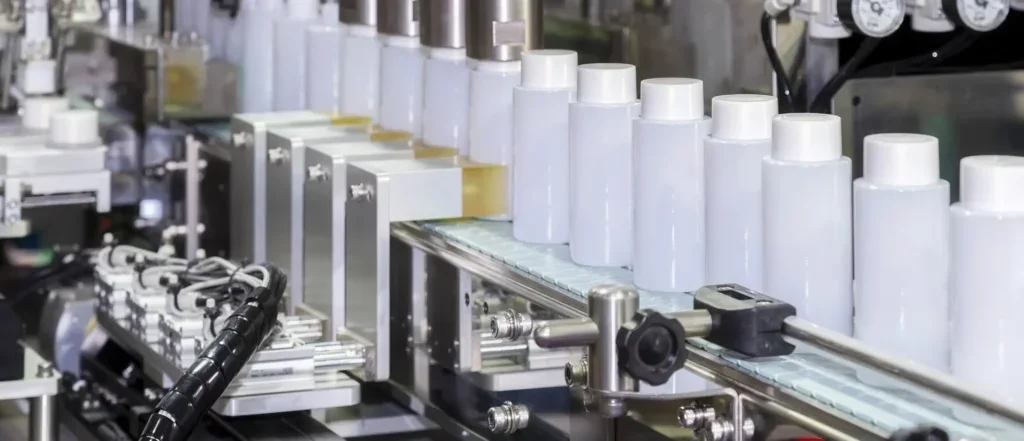In the vast landscape of global consumer product manufacturing, Colep Consumer Products (Colep CP) holds a leading position in manufacturing products for the Cosmetics, Personal Care, and Home Care market segments. Innovation is central to Colep CP’s strategy, and the results of their focus on innovation can be seen in the quality of the over half a billion products they produced in 2022. With an employee count exceeding 1000, and five strategic locations spanning Brazil, Germany, Mexico, Poland, and Portugal, Colep CP is well positioned to support its customers across the globe. Such a distributed workforce also brings challenges in making sure processes are consistent, efficient, and centralized.
“Within this dynamic organization, I found my role as a Systems Developer,” shared Sílvia Rosa. “My focus is to make use of automation tools to deliver efficiency gains to our operations.” The start of Sílvia’s journey at Colep CP was as part of a team working to automate one of the organization’s most intricate processes – investment requests. This project was chosen as a starting point by the team to demonstrate how automation can make impactful changes to operations.
People are the heart of any successful change management program. The project team at Colep CP gathered the people most involved in current processes and worked closely with them to gain a deep understanding of what was needed from the new system.
The beauty of automation lies in its ability to unify disparate elements – people and systems. For a process as complex as the investment request, simplicity became the guiding principle. Enclosed within a room adorned with post-it notes, a visual workflow emerged, capturing every intricate step. This approach resonated with users, keeping them engaged and motivated – and ultimately unifying them towards a common goal. The new streamlined processes were showcased to the team visually. For the non-development members of the team being able to see the system aided them in translating their mathematical acumen into deliverables that could be built into the system by the developers. The operators could open a spreadsheet and show the developers what they were thinking, which was then turned into programming and a functional system.
The metrics speak volumes. Processes that once relied on emails and spreadsheets to get critical and unmanaged tasks done in a month now take a mere 15 days with monitored work lists effectively halving the time to market. Urgent projects can be fast-tracked, needing little to no approval, resulting in a turnaround in just a few days.














